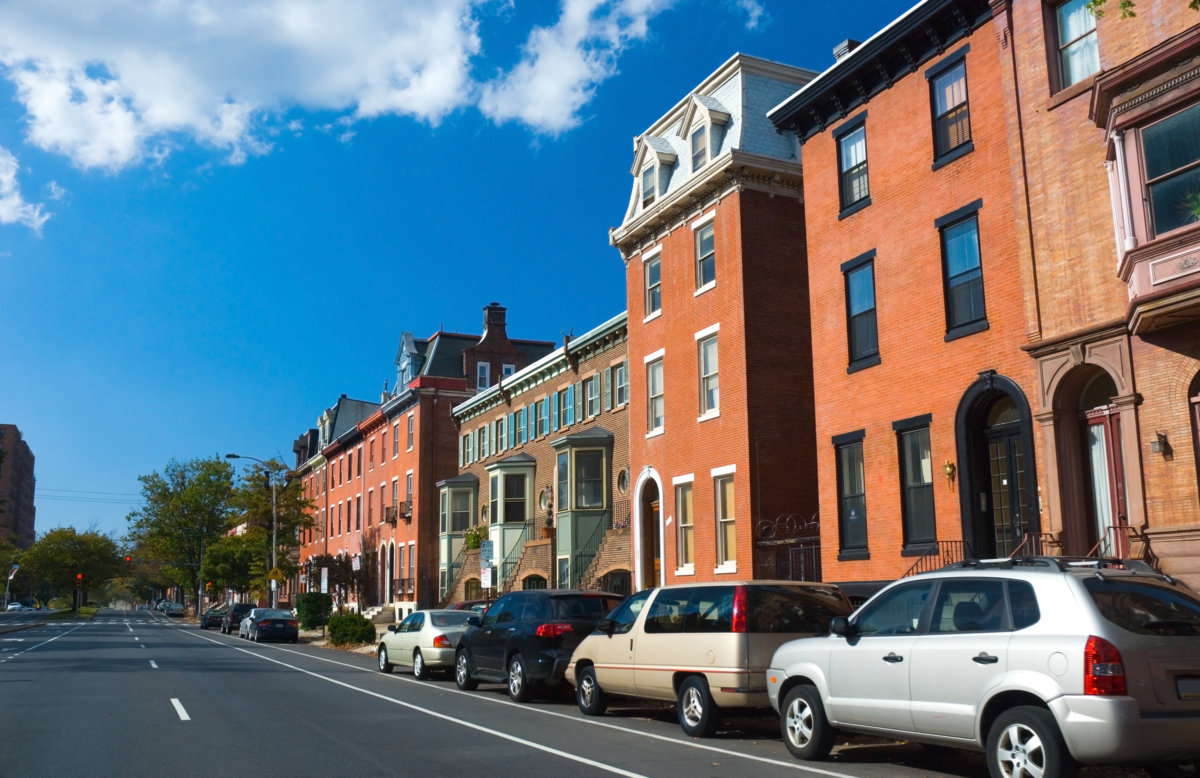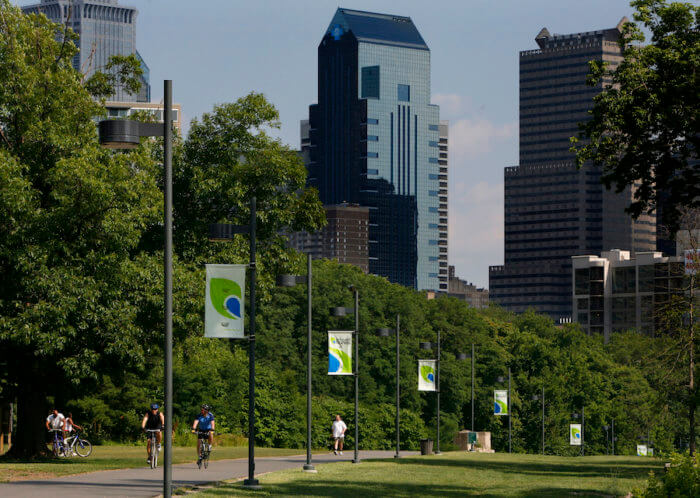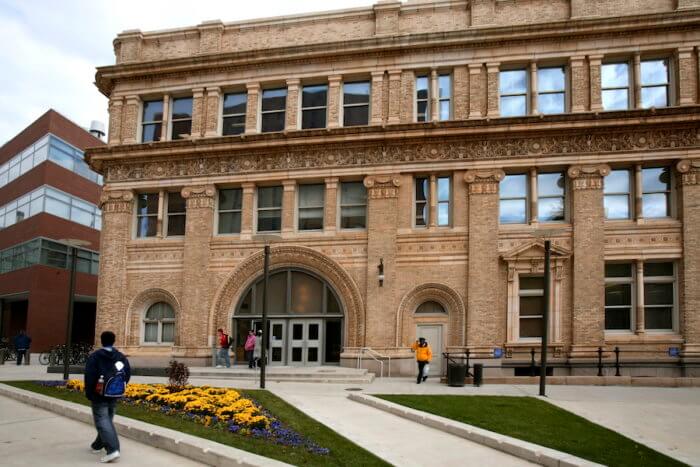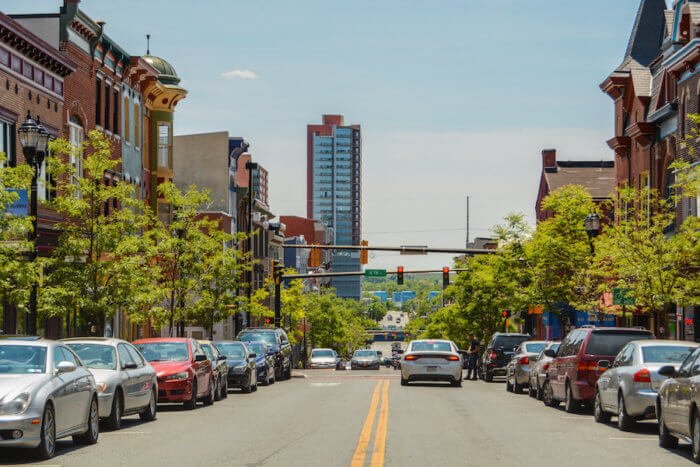At the onset of the coronavirus pandemic, there was a fear that people would leave American cities in droves.
Stories proliferated about residents flocking to the suburbs, seeking to flee the density of East Coast cities and gain more space for the prolonged lockdown.
“It’s really not happening in Philadelphia, which is good news,” said Paul Levy, president of the Center City District.
In fact, the housing market, after a stumble at the start of the pandemic, has rebounded strongly, according to a recently released CCD report. Sales prices are up in the city, and more units were under construction at the end of last year compared to late 2019.
However, a high percentage of Philadelphians continue to struggle to afford housing, the report found, a troubling trend Levy attributed to a lack of family-sustaining jobs.
There were some who relocated during COVID-19. Fewer people moved to the Philadelphia metropolitan area and more left than in recent years, a change of about 50 people per 100,000 residents, according to a Federal Reserve Bank of Cleveland study published in February.
Philadelphia fared better in net population flow than some other nearby cities, including New York, Washington D.C., and Boston.
More than people running away from major American cities, a bigger factor was that some who may have been expected to move into urban areas stayed away, the analysis found.
“What is certain is that hundreds of thousands of people who would have moved into an urban neighborhood in a typical year were unwilling or unable to do so in 2020,” the study’s author, policy economist Stephan D. Whitaker, wrote.
Levy said a long-term trend of working and middle class city dwellers moving to the suburbs has continued. They have, in the past, been replaced by immigrants, but the virus halted that process, he added.
Protests and rioting following the death of George Floyd may have also contributed to people moving out of cities. The Cleveland Fed report found that out-migration rose sharply in several cities, including Philadelphia, following the spring protests.
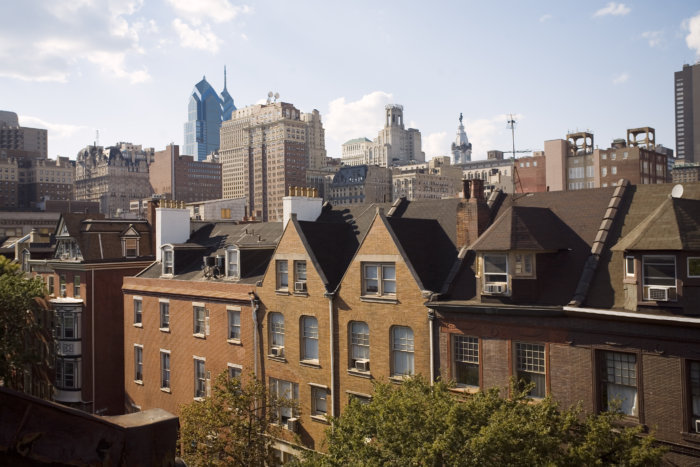
In Center City, the number of condominium sales was down 50% from 2019, and condo prices dropped 34% in the third quarter of 2020 and 17% in the fourth quarter compared to the prior year, according to the CCD report.
“I think there was a pressure to move from smaller apartments into larger apartments or homes,” Levy said. “If you look at the home ownership market, it actually has done incredibly well.”
Center City’s outlying neighborhoods stood out, in particular. Condo prices were up 6.2% in December year-over-year, and single family home prices increased by 17%, the CCD report said.
Businesses also seemed to do better in those areas, with people working from home choosing to shop on Frankford Avenue in Fishtown or East Passyunk Avenue in South Philadelphia rather than at stores near their downtown offices, Levy said.
“The vitality of so many neighborhoods really held up very, very well,” he added. “You see the activity in playgrounds and out in parks.”
Home prices in Philadelphia as a whole jumped 15% from December 2019 to December 2020, according to the CCD analysis. During the same period, prices declined by 1% in Boston and increased 5% in New York.
Philadelphia, Levy contends, doesn’t see the same ups and downs as other cities because it has not experienced the high-level economic growth of a New York or San Francisco. It also remains much more affordable.
Nonetheless, the city’s median household income of $45,927 is the second lowest of the country’s 25 largest cities.
Half of renters are “cost-burdened,” meaning they contribute at least 30% of their income to housing costs, fourth highest among major cities, the CCD report said. Nearly 40% of households in the city fit into the “cost-burdened category.
“It’s not that their housing is so expensive, it’s that their incomes are so below where they should be,” Levy said.
The pandemic, he added, “is really putting huge stress on hourly workers” and “bifurcating the city in certain ways or just reinforcing things that were there before.”



